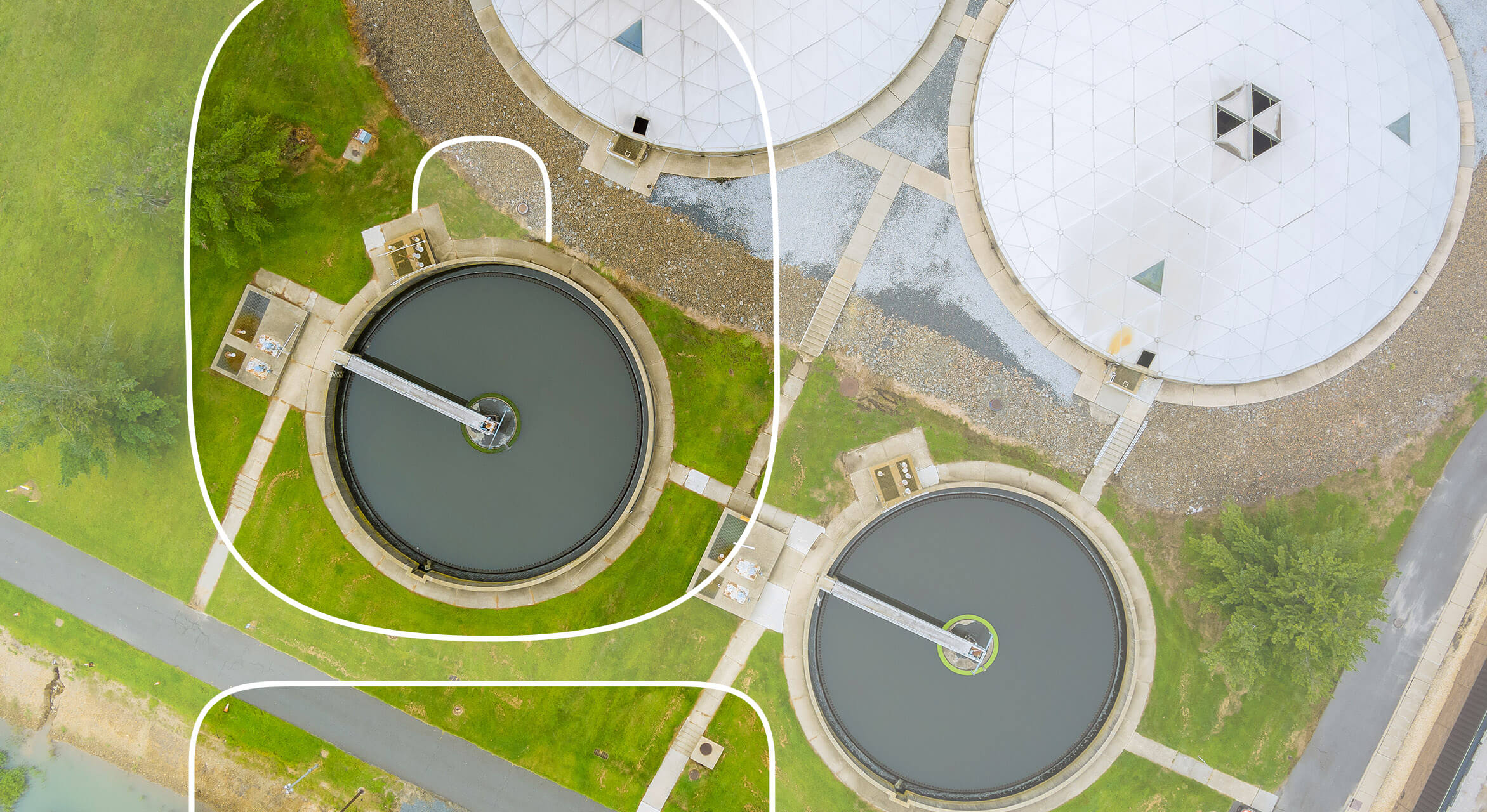Ensuring Clean Water through Effective Wastewater Treatment
Ensuring Clean Water through Effective Wastewater Treatment
Blog Article
Recognizing Wastewater Treatment Processes and Their Environmental Impact
The complexities of wastewater treatment processes play a pivotal role in mitigating environmental obstacles linked with water air pollution. Each phase, from initial to sophisticated therapies, is created to deal with particular contaminants, ultimately safeguarding both public health and aquatic ecosystems.
Review of Wastewater Therapy
Exactly how is wastewater transformed into a safe resource for the setting? Wastewater therapy is an important procedure created to remove contaminants from used water, therefore guarding public health and wellness and safeguarding ecosystems. This procedure starts with the collection of wastewater from property, industrial, and commercial resources, which is then directed to therapy centers.
At these centers, different physical, chemical, and biological techniques are used to deal with the wastewater. Ultimately, biological treatments, such as activated sludge procedures, make use of bacteria to damage down organic matter.
The dealt with effluent can be safely released right into natural water bodies or reused for watering and industrial functions, advertising source conservation. Additionally, the treatment process produces biosolids, which can be repurposed as plant foods or soil changes, better enhancing sustainability.
Stages of Therapy Procedures
The wastewater therapy process normally contains three main phases: initial, primary, and secondary treatment. Each phase offers a distinct role in minimizing the toxin lots and making sure the effluent fulfills ecological standards before discharge.

The main treatment stage concentrates on the physical separation of suspended solids from the wastewater. Through sedimentation, heavier particles work out at the end of sedimentation tanks, forming sludge, while lighter materials, such as oils and greases, float to the surface and are skimmed. This procedure dramatically reduces the natural and not natural lots in the wastewater.
Secondary therapy is an organic process intended at additional decreasing the concentration of natural matter. This stage is essential for attaining the needed biochemical oxygen demand (FIGURE) reduction, ultimately leading to cleaner effluent all set for discharge or further therapy.

Advanced Therapy Technologies
Adhering to the secondary therapy processes, advanced therapy innovations play a vital role in more boosting the high quality of dealt with wastewater. These innovations are developed to remove recurring contaminants that are not properly removed during main and additional therapies, guaranteeing the effluent meets rigid regulatory criteria.
Amongst the widely utilized sophisticated therapy approaches are membrane filtration, reverse osmosis, and progressed oxidation procedures. Membrane filtering, consisting of microfiltration and ultrafiltration, is effective in separating fine fragments, pathogens, and colloids from the water (Wastewater). Reverse osmosis utilizes semi-permeable membranes to eliminate liquified solids, resulting in top notch water ideal for various applications
Advanced oxidation processes (AOPs) utilize solid oxidants to weaken natural pollutants, including pharmaceuticals and individual treatment items that are immune to standard therapy. These methods enhance the biodegradability of complicated compounds, facilitating their elimination.
An additional substantial modern technology is using biological nutrient removal processes, which specifically target nitrogen and check this phosphorus, avoiding eutrophication in getting water bodies. Generally, sophisticated therapy modern technologies are essential for achieving greater degrees of filtration, advertising water reuse, and guarding public wellness while resolving the obstacles connected with wastewater monitoring.
Ecological Benefits of Treatment
Numerous environmental advantages emerge from efficient wastewater treatment processes that contribute to ecosystem wellness and sustainability. Largely, these procedures substantially minimize the release of hazardous pollutants right into all-natural water bodies, which assists preserve aquatic communities. By removing contaminants such as heavy metals, nutrients, and pathogens, dealt with wastewater minimizes the danger of waterborne illness and advertises biodiversity in marine settings.
Additionally, wastewater therapy centers usually use sophisticated technologies that make it possible for water recycling and reuse. This method not only preserves fresh water resources yet likewise decreases the demand on all-natural water materials. Enhanced nutrient elimination from wastewater can also protect against eutrophication, a process that leads to algal flowers and subsequent oxygen deficiency in marine systems.
Furthermore, effective therapy procedures can lessen greenhouse gas emissions, specifically methane and laughing gas, which are often launched throughout untreated wastewater disintegration. By recording and utilizing biogas from anaerobic digesters, centers can transform waste into renewable resource, therefore contributing to a decrease in nonrenewable fuel source dependence.
Difficulties and Future Trends
While the ecological benefits of wastewater therapy are clear, several obstacles persist that hinder optimum results in this field. One major problem is aging framework, which often causes inadequacies and enhanced operational prices - Wastewater. Several treatment plants were developed years earlier, and their capacities do not align with contemporary demands, that include more stringent governing standards and greater quantities of wastewater as a result of urbanization

Looking ahead, there is a growing focus on resource recovery and circular economic situation concepts within wastewater treatment. Developments such as anaerobic digestion, which can generate biogas, and progressed filtering technologies are obtaining grip. These techniques not just improve treatment performance however also advertise sustainability.
Eventually, dealing find with these obstacles needs partnership amongst stakeholders, financial investment in technology, and a dedication to ongoing study. By accepting these fads, the wastewater treatment sector can progress to meet the needs of a changing setting and society.
Verdict
To conclude, wastewater therapy processes play a vital function in boosting environmental top quality and public health. The multi-stage therapy framework, combined with innovative innovations, properly reduces air pollution and promotes sustainable water monitoring. By dealing with recurring contaminants and lessening vitamins and mineral runoff, these procedures add to the preservation of water ecological communities and the reduction of greenhouse gas discharges. Proceeded developments and adjustments in therapy methods will be crucial for conquering emerging difficulties and making certain the sustainability of natural resources (Wastewater).
Report this page